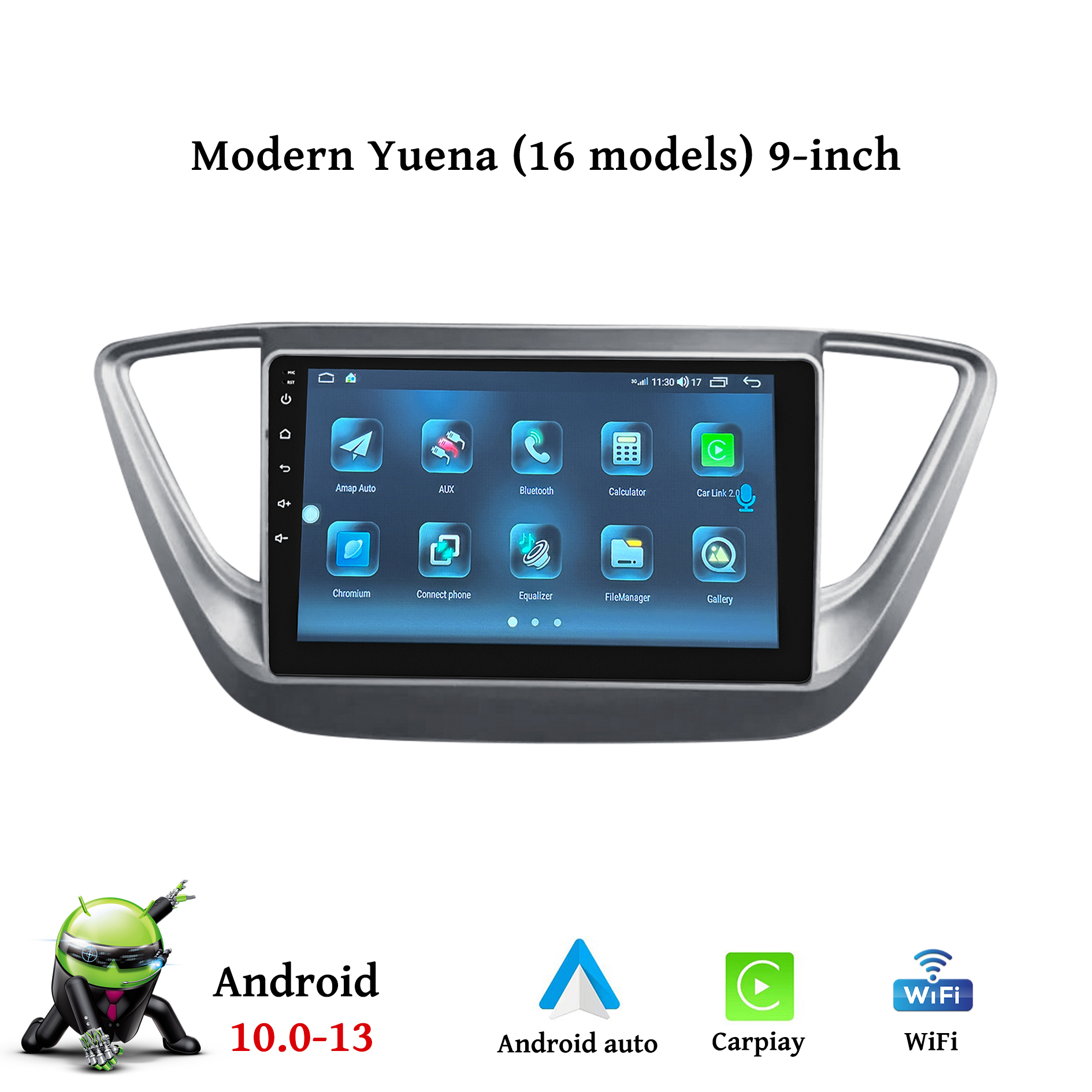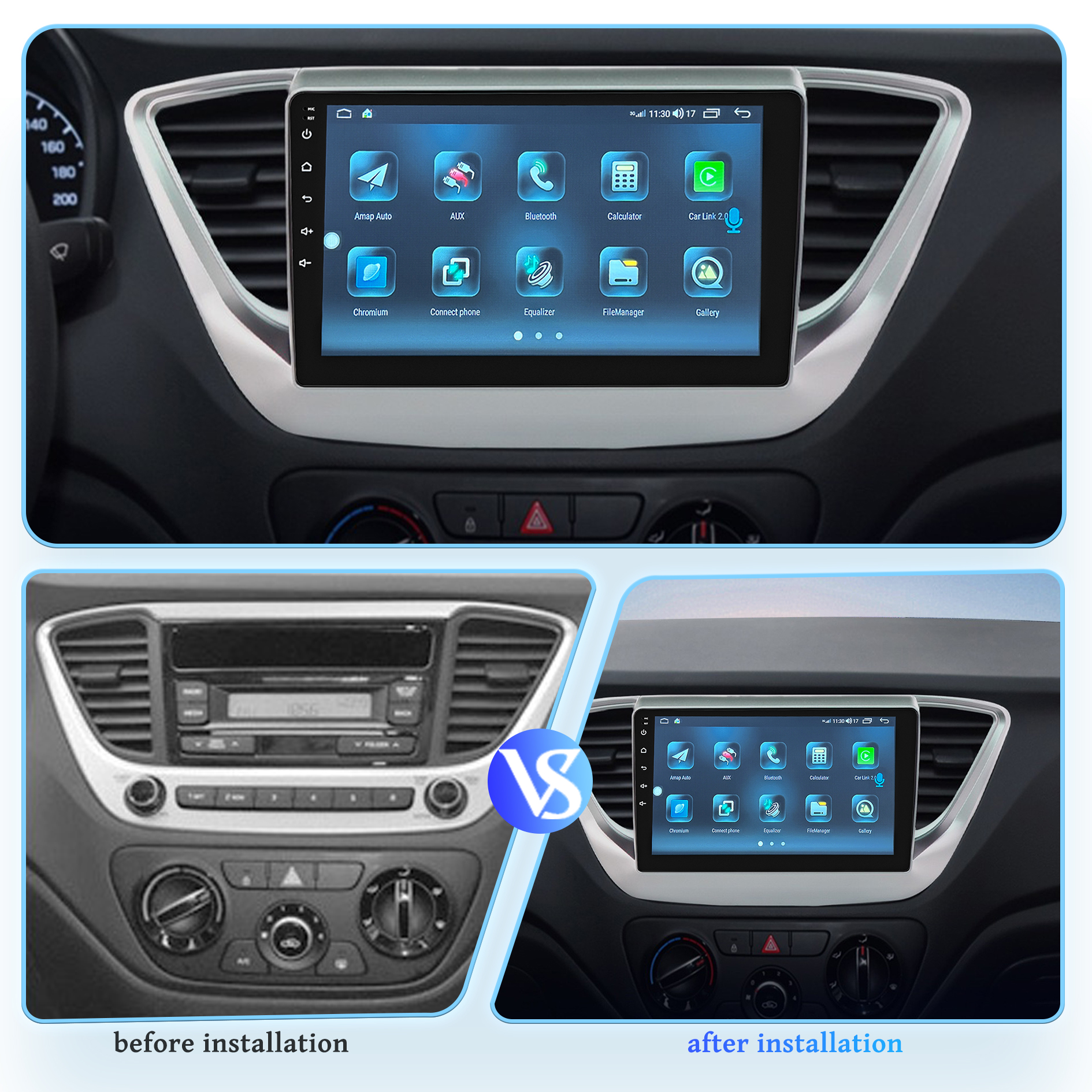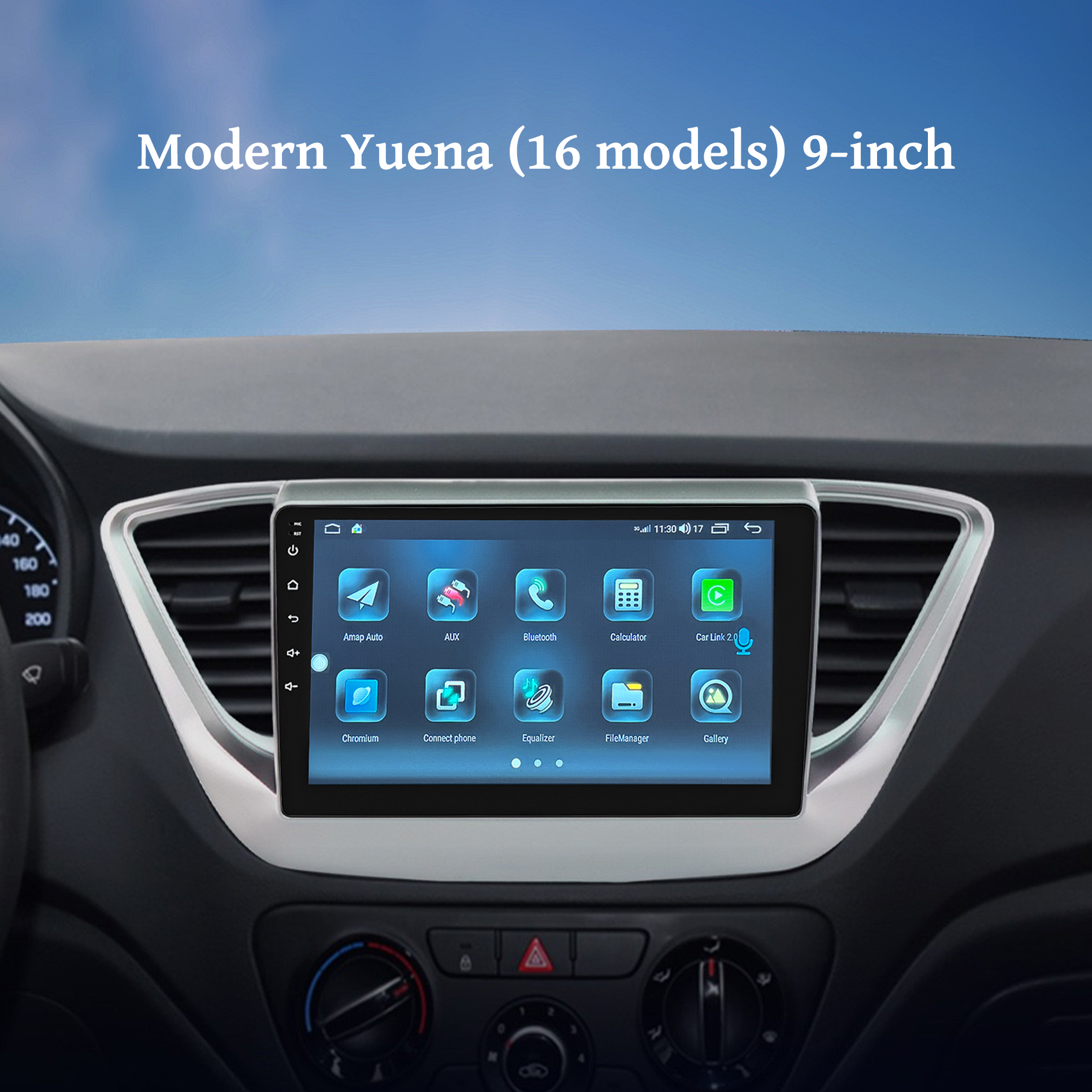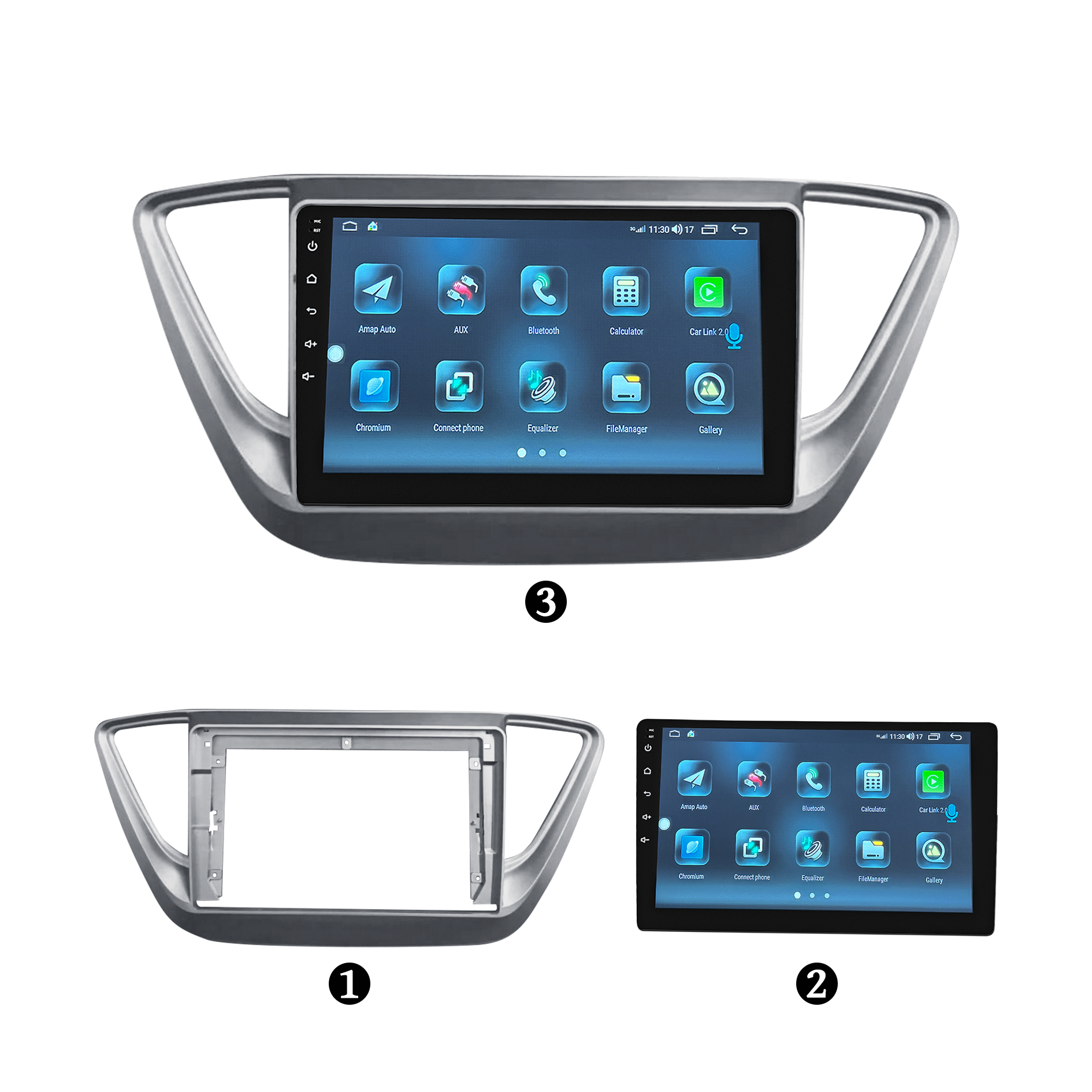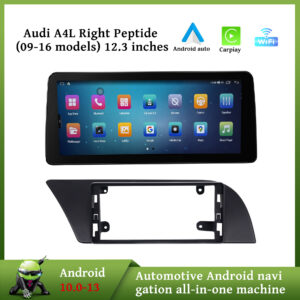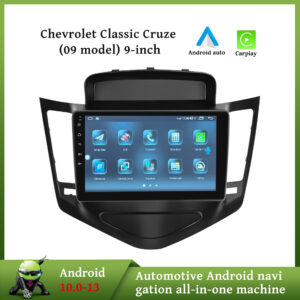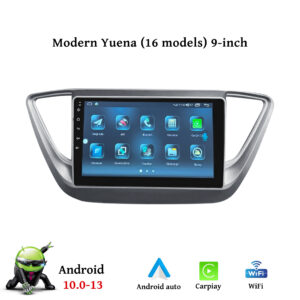Design and Features of the Hyundai Verna/Solaris
The Hyundai Verna, also known as Solaris in certain markets, gained significant attention for its design and features during the 2016 to 2018 production years. One of the standout aspects of these models is their sleek body shape, which not only enhances aesthetic appeal but also contributes to improved aerodynamics. The updated front grille boasts a modern look, showcasing Hyundai’s design ethos that integrates functionality with elegance. Complementing this, the smart LED headlights provide excellent visibility, while their distinct design elements give the vehicle a contemporary and sophisticated front fascia, making it an appealing option in the compact sedan category.
Upon closer inspection, the interior of the Hyundai Verna/Solaris reveals an array of thoughtful design choices tailored to enhance driver and passenger comfort. The cabin features high-quality materials, creating an inviting atmosphere that reflects careful craftsmanship. Comfortable seating with ample support ensures that both short trips and long journeys are enjoyable. The dashboard layout is not only visually appealing but also ergonomic, facilitating easy access to essential controls. With the integration of a user-friendly infotainment system, users can navigate with ease, regardless of whether they are listening to music or using navigation tools.
Moreover, trunk space has been designed with practicality in mind. It offers considerable capacity, accommodating daily essentials or luggage for trips without difficulty. The overall design philosophy of the Hyundai Verna/Solaris models acknowledges the balance between style, comfort, and functionality, resulting in an enjoyable driving experience. These elements demonstrate how Hyundai has catered to the needs of modern drivers, solidifying its position in a competitive market. In sum, the design and features of the Hyundai Verna/Solaris not only accentuate its visual charisma but also provide a functional and comfortable vehicle for everyday use.
Performance and Safety of the Hyundai Verna/Solaris
The Hyundai Verna, known as Solaris in certain markets, offers a range of performance attributes that cater to various driving preferences. Within the production years 2016 to 2018, the Verna/Solaris was available with both petrol and diesel engine options. The petrol variants typically feature a 1.6-liter engine generating around 123 horsepower, while the diesel offerings include a powerful 1.6-liter CRDi unit that delivers approximately 126 horsepower. This variety allows consumers to choose an engine that best suits their driving style and fuel efficiency needs.
In terms of fuel economy, the petrol variant achieves around 17 km/l, whereas the diesel model impresses with figures exceeding 21 km/l. These metrics demonstrate the effectiveness of Hyundai’s engineering in balancing performance with fuel efficiency, making the Verna/Solaris a practical choice for both urban commutes and longer highway journeys. The car’s agile handling and suspension setup provide a pleasant driving experience, ensuring stability and confidence even on uneven surfaces.
Safety is a significant concern for many buyers, and the Hyundai Verna/Solaris addresses this with a host of safety features. Standard across most variants are dual front airbags and anti-lock braking systems (ABS), which are complemented by electronic stability control (ESC) on higher models. These features enhance driver control and reduce the risk of accidents, particularly during adverse driving conditions. In crash tests, the Verna/Solaris received commendable ratings, showcasing the effectiveness of its safety design and engineering. Overall, while the vehicle excels in performance and offers robust safety mechanisms, potential buyers should remain aware of variants that may lack certain advanced features found in other competitors within the segment.

